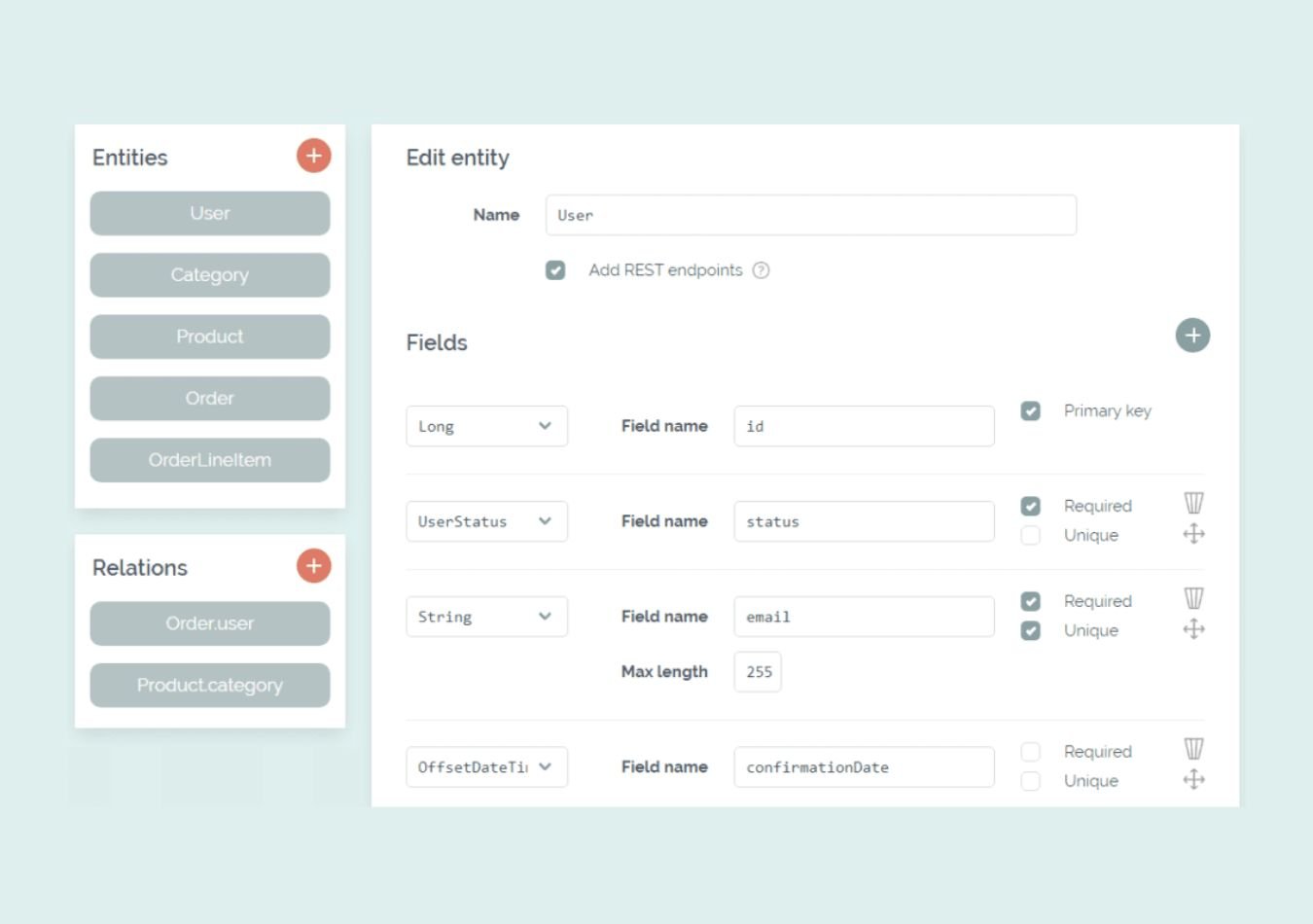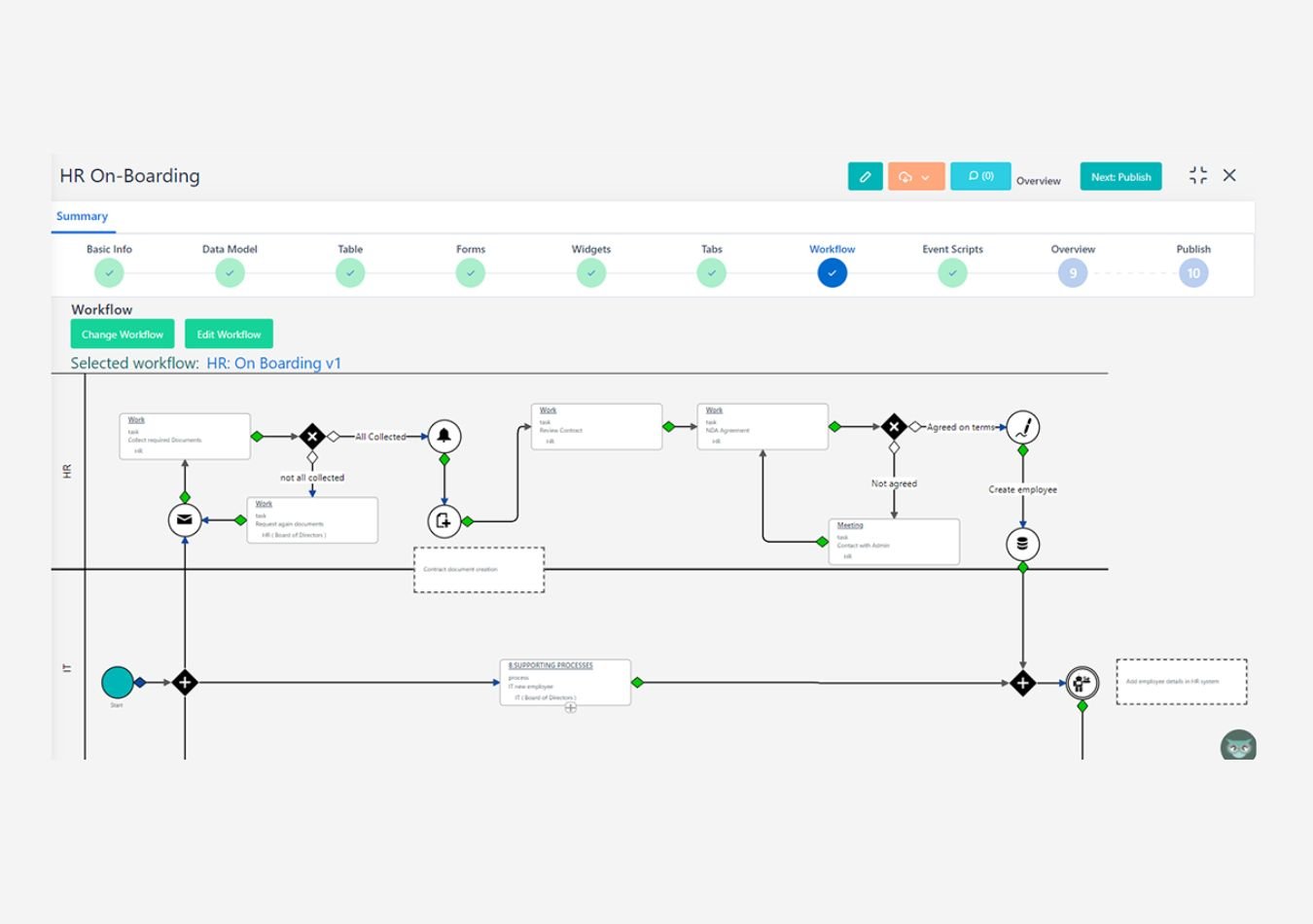
What is Low-Code?
Have you noticed how coding skills have been considered essential across industries in recent years? However, a new transformation is changing that narrative: Low-Code Development.
Low-code is a software development approach that enables teams to build digital solutions and create enterprise applications with minimal coding. Using a low-code platform, users access a suite of tools, custom code components, and pre-built scripts to streamline the development process.
With low-code development platforms, you can efficiently create applications and design workflows without extensive coding or script testing. These platforms provide a visual development environment featuring drag-and-drop tools. This means anyone in your organisation—even those without specialised coding skills—can build business applications and automate processes quickly.
By minimising the need for complex programming, low-code platforms empower users to focus on innovation. Instead of traditional development methods, you use intuitive tools to design solutions, ensuring faster delivery and easier collaboration.
As a quick, user-friendly alternative to conventional software development, low-code solutions are growing in popularity, helping businesses achieve agility and scalability.
In this article, we will explore how low-code development is revolutionising the world of software creation. Unlike traditional coding methods that demands extensive technical skills, low-code platforms simplify the process through visual development environments.
What is Low-Code Development?
In simple terms, low-code development is a smart solution to address the growing demand for app creation and the ongoing developer shortages. This method empowers individuals—regardless of coding experience—to contribute to software and business application development using intuitive drag-and-drop functionality and visual tools, with minimal or no coding required.
What Are Low-Code Application Development Platforms?
Low-code application development platforms (LCAPs) streamline and automate every step of the application lifecycle. By abstracting complex coding processes, these platforms make development faster and more accessible for non-technical users. With built-in features designed to accelerate app creation, businesses can keep up with the growing demands of the modern, digital-first world.
Today’s enterprise demands agility and quick responses to changing market conditions. The ability to adapt and innovate through digital transformation is crucial for success. With low-code application development, companies can create and deliver business applications faster than ever before, helping meet customer expectations and outpace competitors.
By embracing low-code platforms, businesses can:
- Quickly create enterprise-grade applications without relying solely on traditional programming.
- Save time, improve efficiency, and focus on building customer experience apps or automating core processes.
- Meet growing customer demands while staying ahead.
Benefits of Low-Code Development
- Save time: Low-code development platforms empower organisations to streamline app creation by involving employees across various departments, significantly reducing bottlenecks and saving valuable time.
- Boost Productivity: By allowing experienced developers to focus on high-priority, custom-coded projects, these platforms also boost overall productivity.
- Reduce Costs: Businesses can reduce costs by leveraging existing staff as low-code developers, minimising the need for additional hires.
- Enhance Flexibility: Furthermore, low-code platforms enhance flexibility, enabling quick and seamless updates to applications without the need for lengthy coding or complex processes, ensuring businesses can adapt to changing needs efficiently.
Challenges of Low-Code Development
While low-code application development simplifies many aspects of app creation, IT teams still need to guide to ensure scalability, security, and compliance standards are met.
Collaboration between low-code creators and code-first developers is essential not only for successful app delivery but also for seamlessly integrating these solutions into existing systems. This partnership ensures that low-code applications align with organisational goals, maintain technical oversight, and deliver long-term value without compromising on quality or performance.
Features and Benefits of Low-Code Development
Low-code development platforms empower businesses by offering fast, efficient, and scalable solutions for application creation. Below, we explore the key features and benefits of low-code, each designed to drive agility and innovation.
Visual Modelling
Low-code platforms leverage visual modelling to simplify application development. This approach allows businesses to utilise existing talent to build applications faster while empowering departments outside of IT to contribute to the development process.
This results in lower costs, better collaboration, and improved decision-making among cross-functional teams. Additionally, specialised developers can focus on more complex, high-value tasks.
Reusable Components
With low-code, reusable components streamline development. By relying on pre-tested elements for performance and security, businesses can accelerate development while ensuring application consistency and scalability. These reusable components also make it easy to extend features quickly as needs evolve.

Collaboration Tools
Low-code platforms offer advanced collaboration tools that break down silos and foster a stronger business-IT partnership. These tools enhance organisational communication, streamline development processes, and reduce the need for rework, saving time and resources.

Scalable Environments
The scalable environments provided by low-code platforms enable businesses to create solutions that are easy to maintain and scale on cloud-native architectures. Organisations can adapt quickly to necessary changes while delivering continuous improvements for engaging web, mobile, conversational, and immersive experiences.
Data Integration
Low-code platforms simplify data integration, reclaiming over 30% of developers’ time. They allow businesses to build and manage systems efficiently on a larger scale while seamlessly discovering and sharing data across projects and teams. These platforms enable the creation of reusable components and microservices with seamless access to enterprise data.
Application Lifecycle Management
Low-code supports application lifecycle management by streamlining every phase, from ideation to deployment. Teams can deliver applications faster by accelerating all stages through automation and abstraction. This approach fosters iterative and autonomous work, allowing businesses to remain agile and efficient in development.













Comments ( 0 )